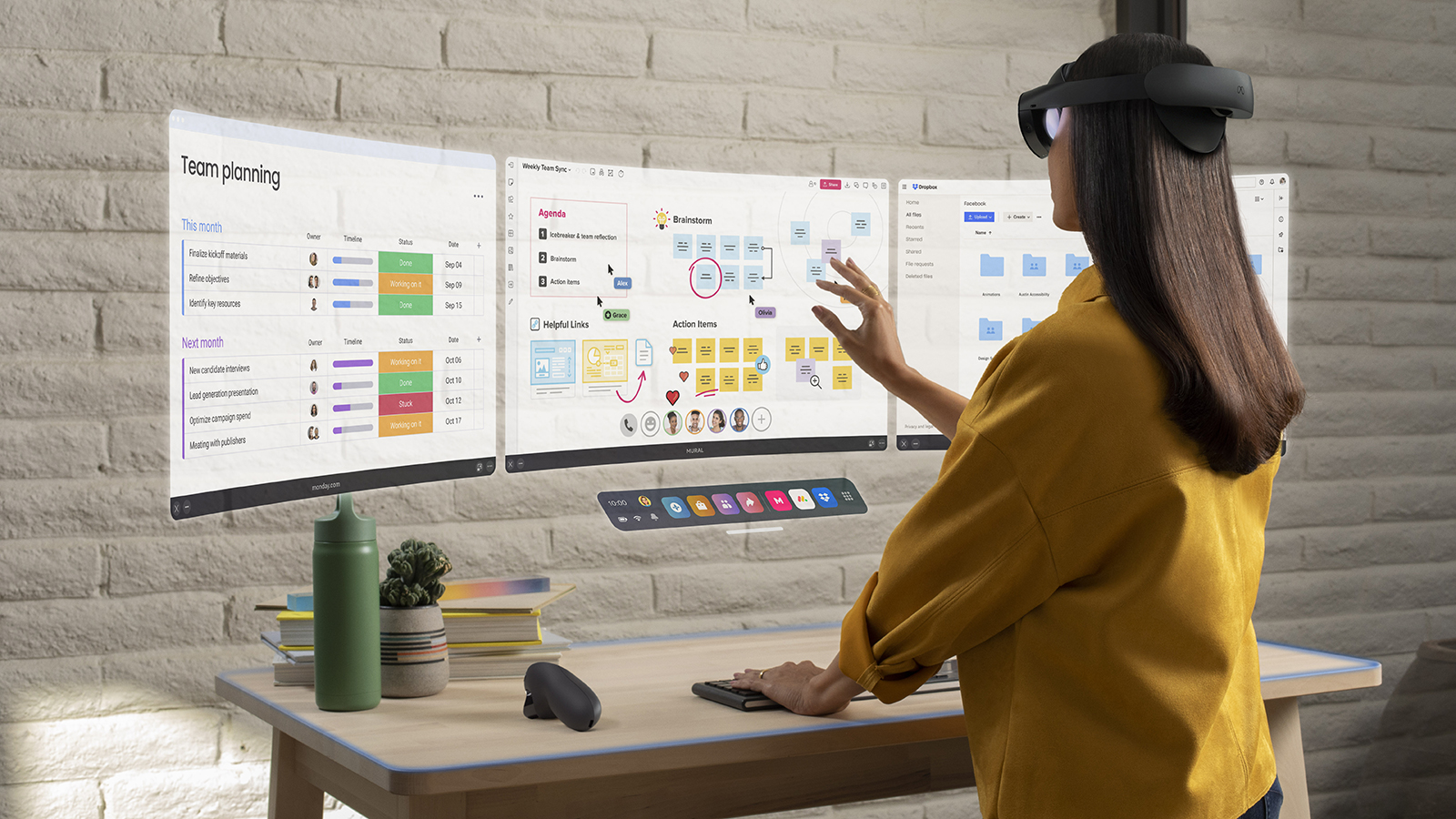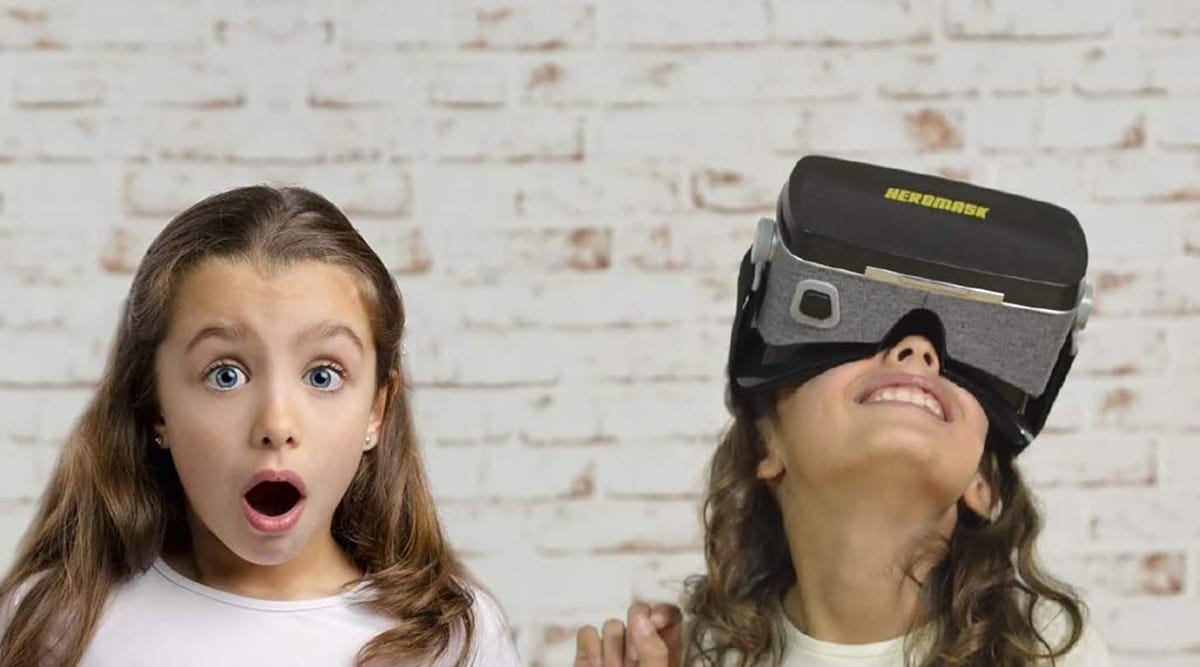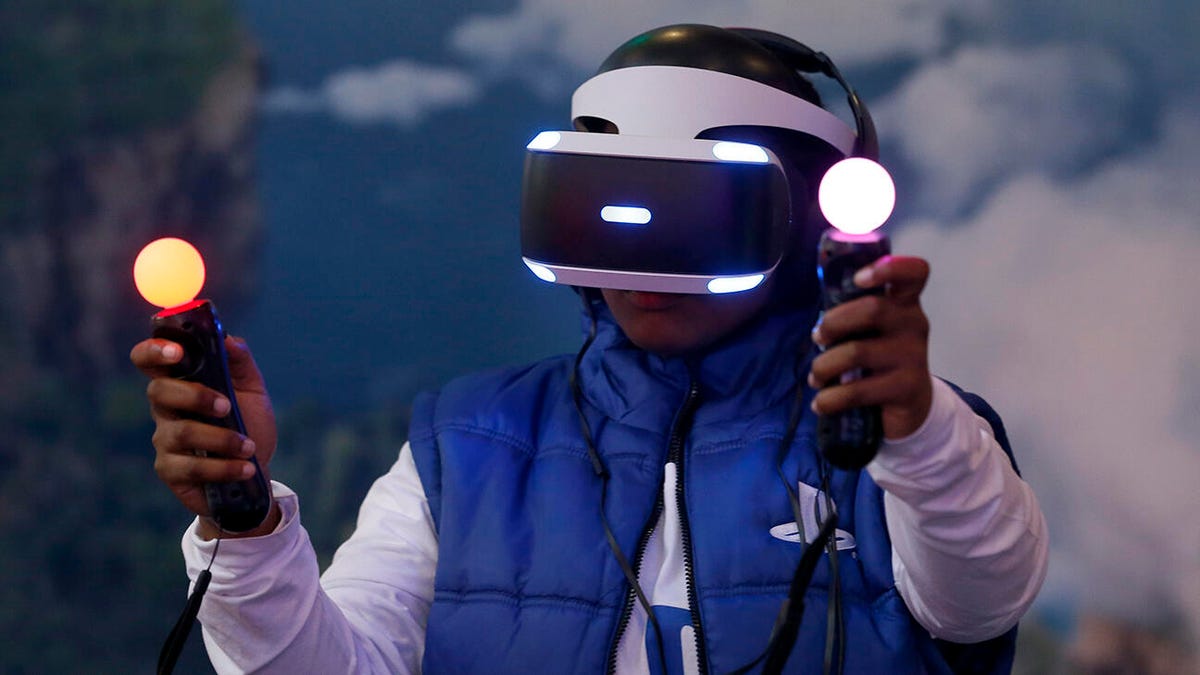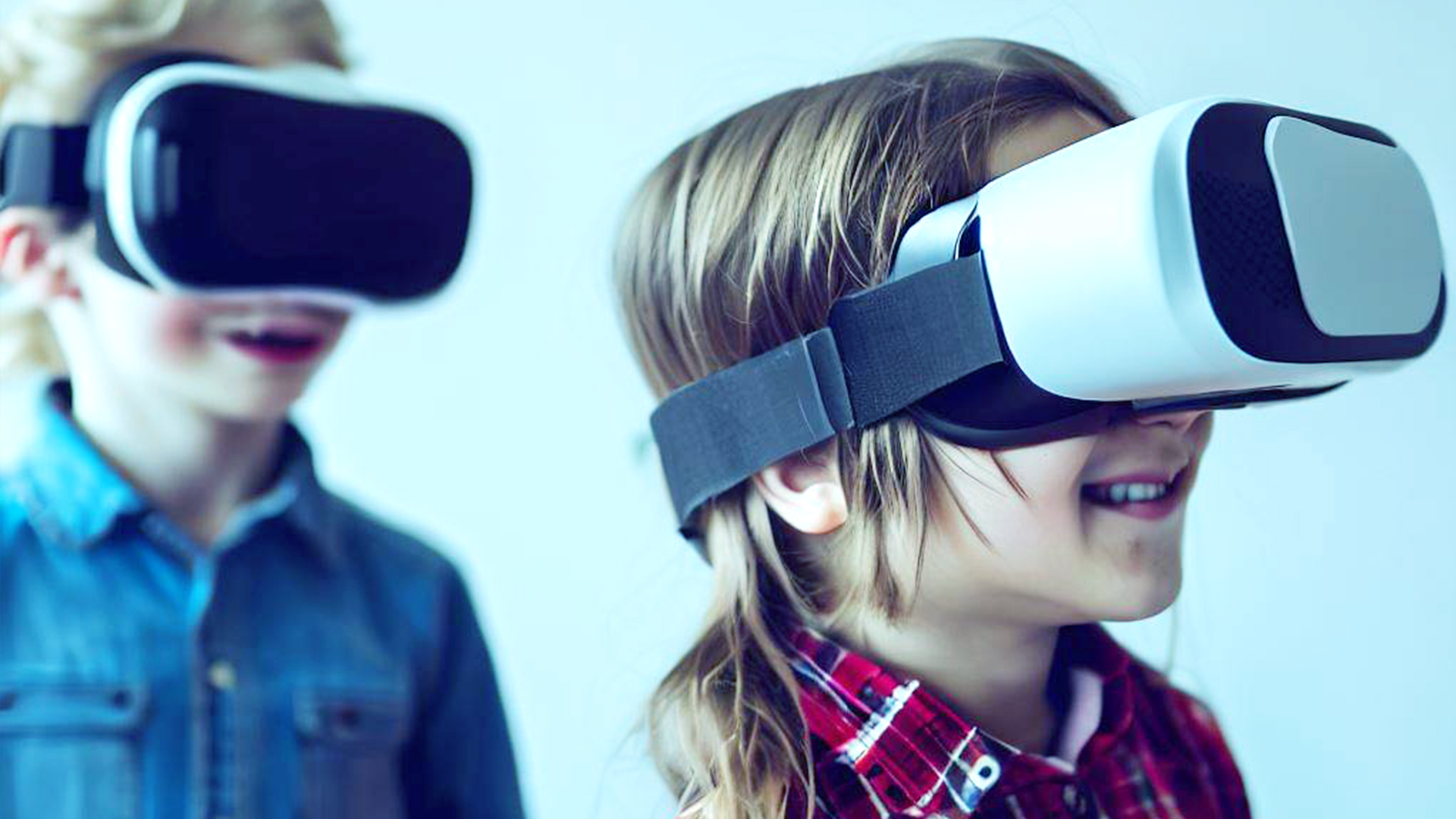Growing up, you may have heard your parents scolding you for sitting too close to the television. “You’re going blind!” or “Later, you’ll need glasses!” Those daily nagging from my parents obviously got amplified after my siblings and I spent hours watching Super Metroid and Mortal Kombat on the old TV.
While it’s now been established that sitting too close to a TV doesn’t permanently damage your kids’ eyes (sorry, Mom), it can cause eye strain. This is often complained about by office workers who sit all day in front of a computer screen, for example.
The marketing of VR/AR headsets as entertainment devices, totally different from a television set several meters away, may also lead parents to question whether these headsets are safe for their children’s eyesight. Does letting children use VR headsets have significant health implications? This is what we answer in this article.
How do VR/AR headsets work?

Meta Quest Pro used to run a virtual workstation. Meta
For starters, virtual reality and augmented reality headsets create a sense of presence in a computer-generated world by displaying images that change perspective based on your head movements.
When a child plays a video game on a TV and looks at other objects in the room, their eyes change the way they focus to look at things near or far. In contrast, wearing a VR/AR headset means that the screen is always at the same distance, even if VR objects appear closer or further away than in reality.
Simply put, it can result in confusion for the eyes. Because the brain tells them to look at something that is closer to the child, and the eyes try to focus on that object, but the screen always remains at the same distance.
VR headsets use a specific trick to create an immersive 3D environment. The positioning of various headset components, such as lenses, visors, interpupillary distance settings, field of view, eye tracking technology (if applicable) and display technology influence the virtual experience of the user.
Potential Negative Effects of VR/AR Headsets
Nathan Cheung, a pediatric optometrist at Duke University, believes the most immediate risk of a child using a VR headset is neck strain.
Eyestrain will follow is likely also a problem, as it is a common problem when focusing on a specific object for an extended period of time, such as a computer or smartphone screen. Especially since most headsets use two screens to create a stereoscopic effect and give users depth perception.
Manufacturers have issued warnings that prolonged use of VR headsets could affect a person’s ability to focus, track objects, and perceive depth. This particularly applies to children and their developing visual system, although Dr Cheung believes further research is still needed before a verdict is reached. “This is a new area of technology that we don’t have a lot of data on,” he says.

heromask
Have you ever used a virtual reality headset and felt headaches, dizziness, nausea or disorientation when you took it off? Because yes, another potential problem with the use of VR/AR headsets by children (and many adults) is a type of motion sickness associated with VR headsets.
This cyberkinetosis, or cyberdisease, can occur after exposure to a VR headset, due to incongruity between visual information and sense of body movement or position. But the cyberkinetosis is felt differently by different individuals, with some feeling sick after a few minutes, while others feeling absolutely nothing after using VR headsets for long periods of time.
Do VR headsets develop myopia? Apparently not
Another question is the impact of VR headsets on the development of myopia.

sony
Studies have been conducted to examine the potential effects of VR/AR headsets on binocular vision and the development of myopia. A study shows that after 40-minute trials, there is no significant evidence of adverse effects on binocular vision or the development of short-term myopia.
However, this study only looks at periods of 40 minutes of helmet use, compared to periods of the same duration in outdoor environments, with and without wearing the helmet. Some users are likely to spend a lot more time with a VR headset.
Researchers found significant thickening of the choroid, a thin layer of the eye structure, in young adults (ages 18-45) after using the VR headset on each trial, suggesting an effect potential protector against the development of myopia.
The study authors hypothesized that this phenomenon was due to “convergence-induced accommodation when viewing nearby virtual objects, which would have created a defocused myopic retinal image of the virtual environment due to fixed viewing distance”. The reverse, thinning of the choroid, is associated with progression of myopia.
How to Prevent the Potentially Negative Effects of VR/AR Headsets
One of the main solutions to avoid the negative effects of VR/AR headsets for children is to limit exposure to these devices. It is essential to set screen time limits for these headsets, as is the case for other types of video games and screens.
It’s partly for this reason that screen time is such a hot topic in parenting. “The Academy of Pediatrics recommends a maximum of two hours of screen time per day,” says Dr. Cheung. Use of a VR headset, he adds, is “akin to screen time” and should be limited.
It remains to be seen whether these recommendations will be adapted to the development of the metaverse.
Source: “ZDNet.com”
